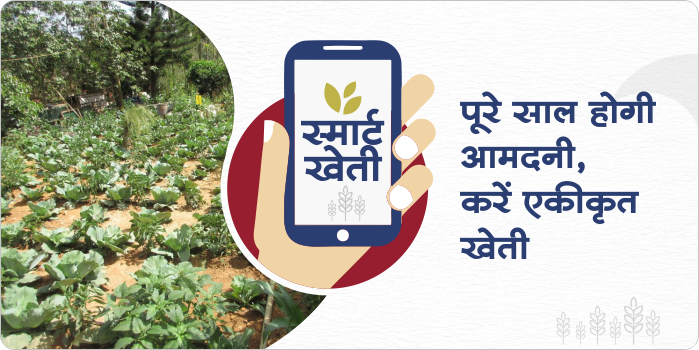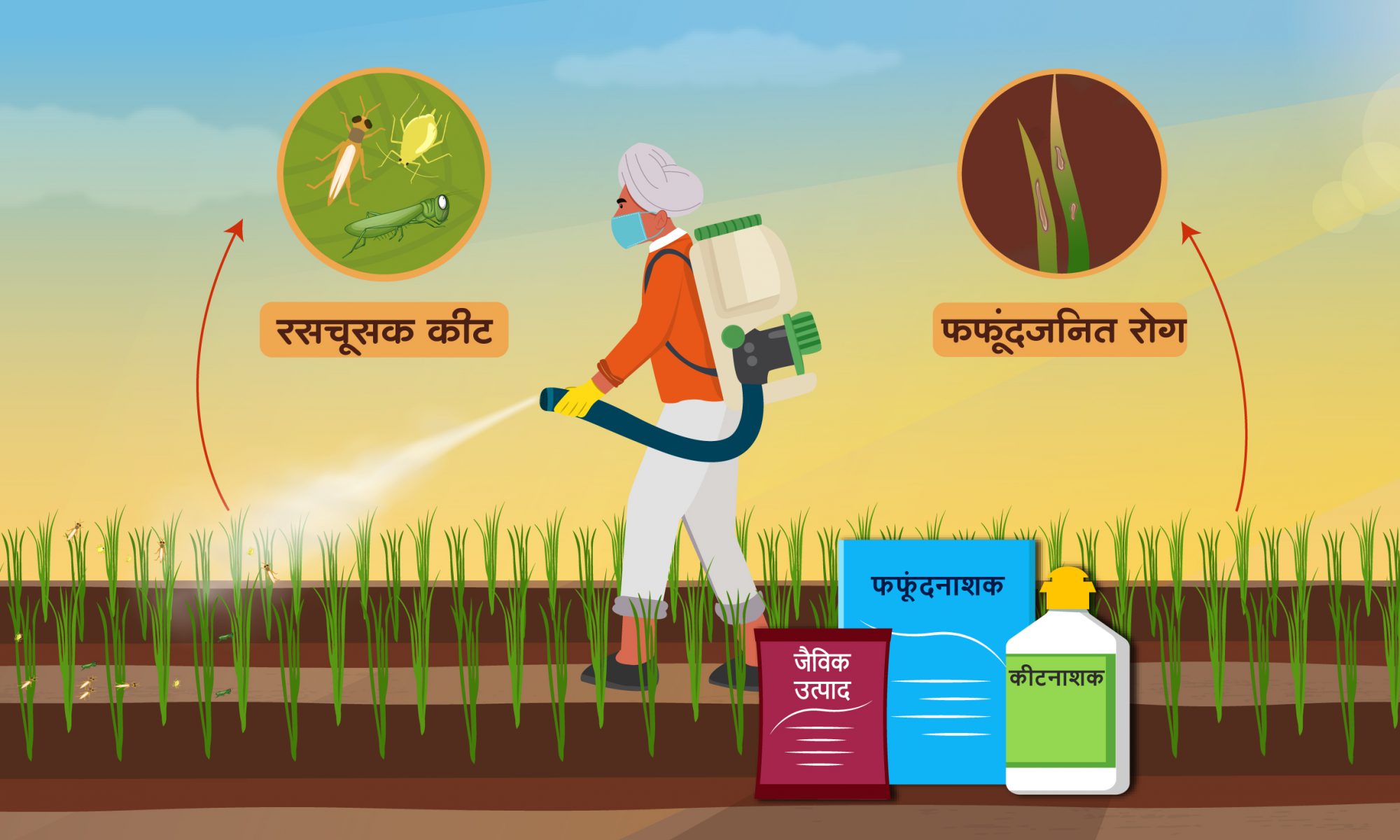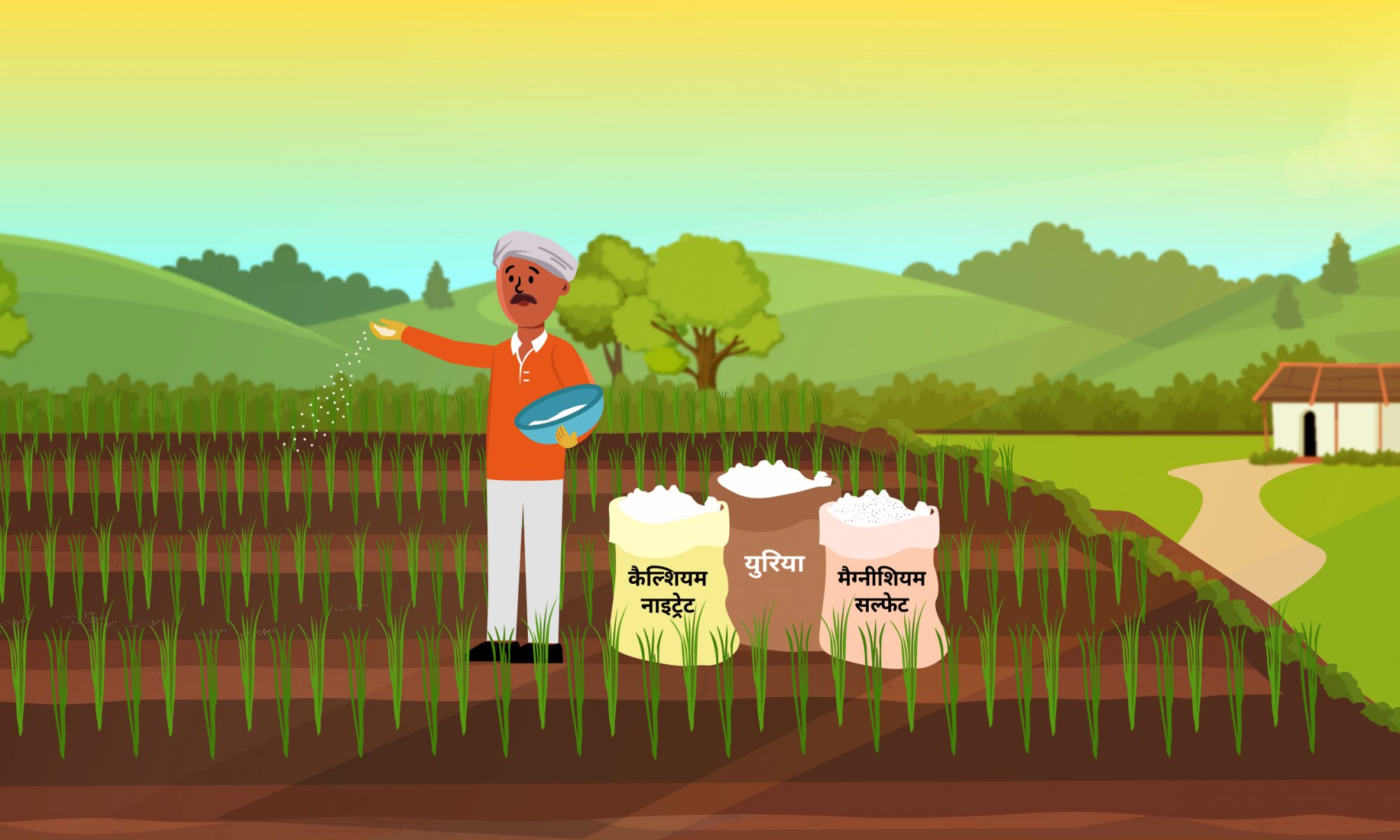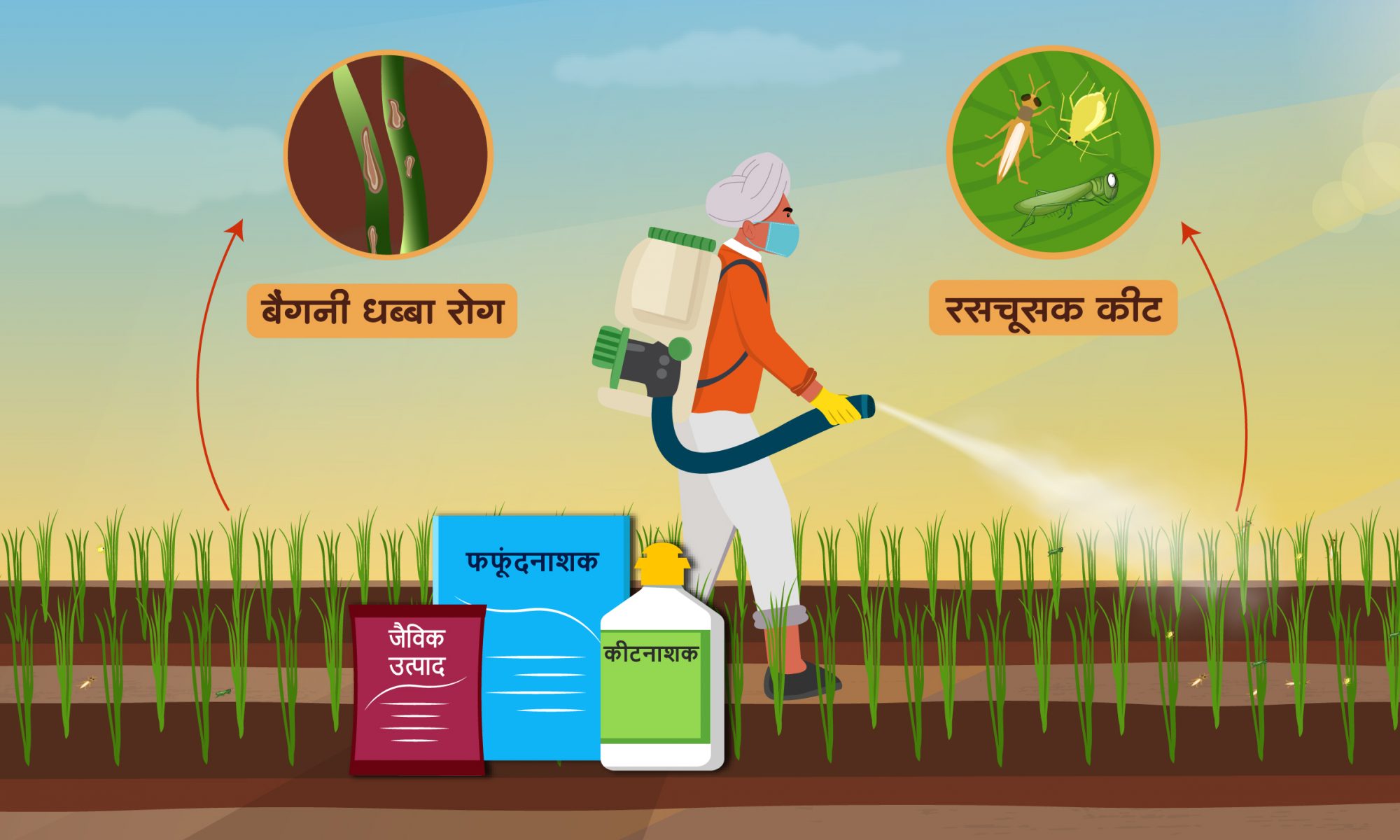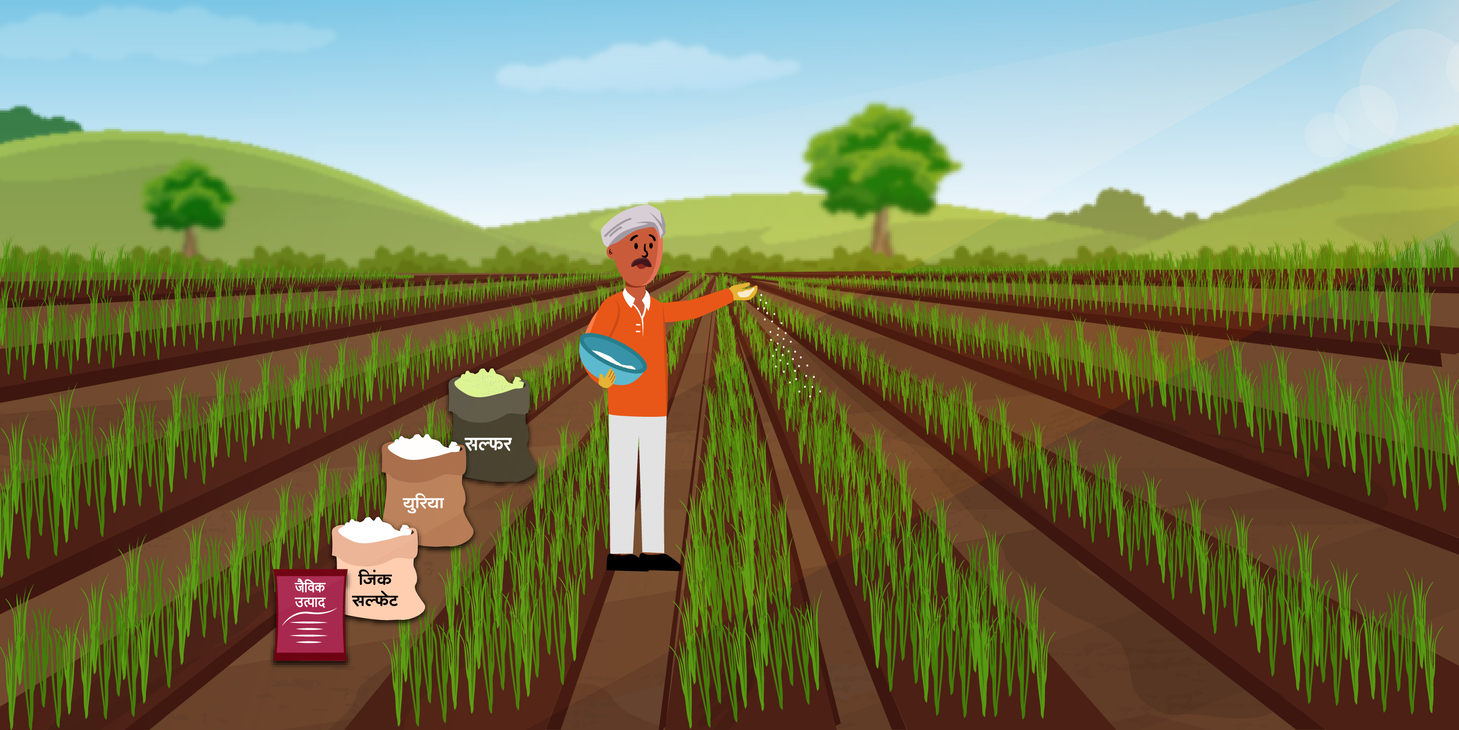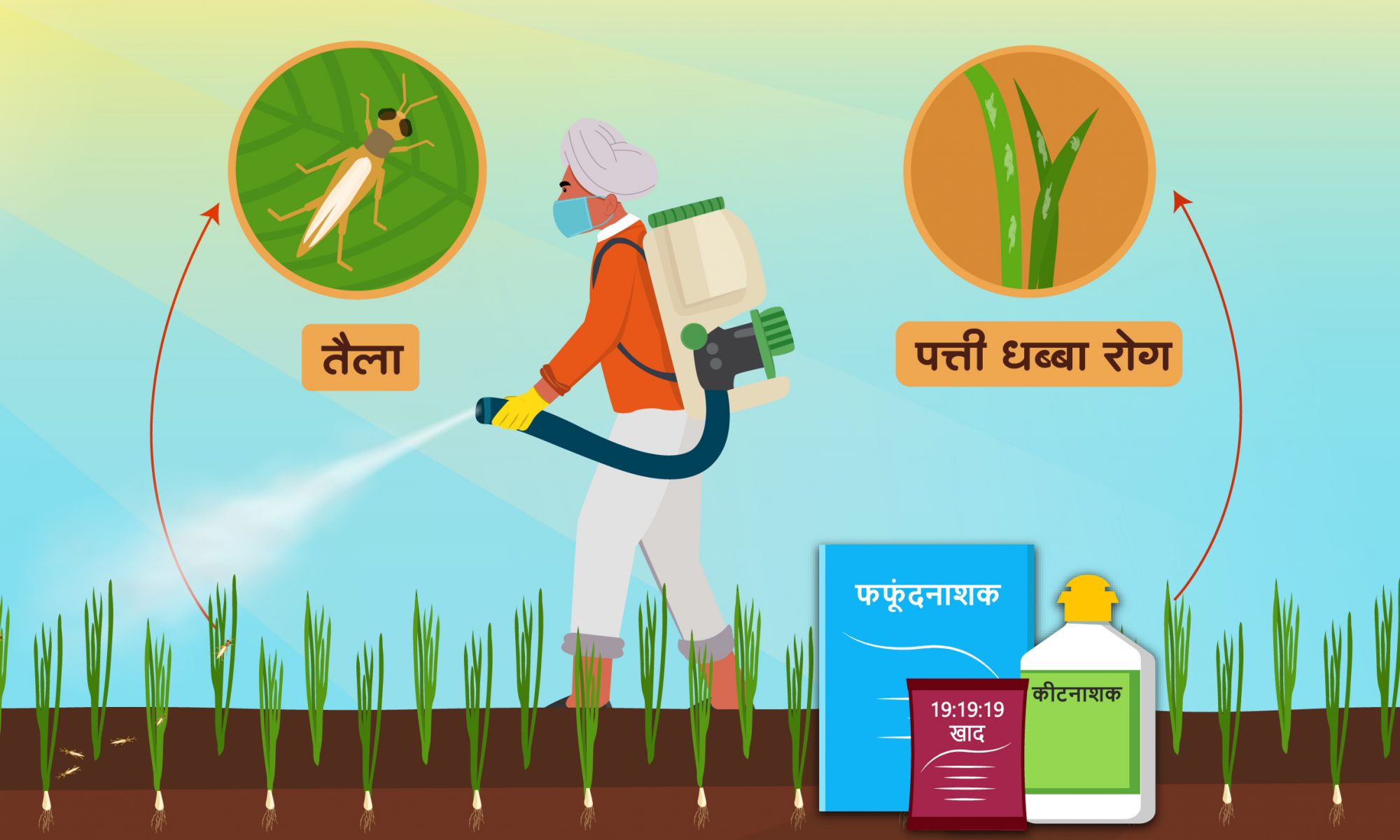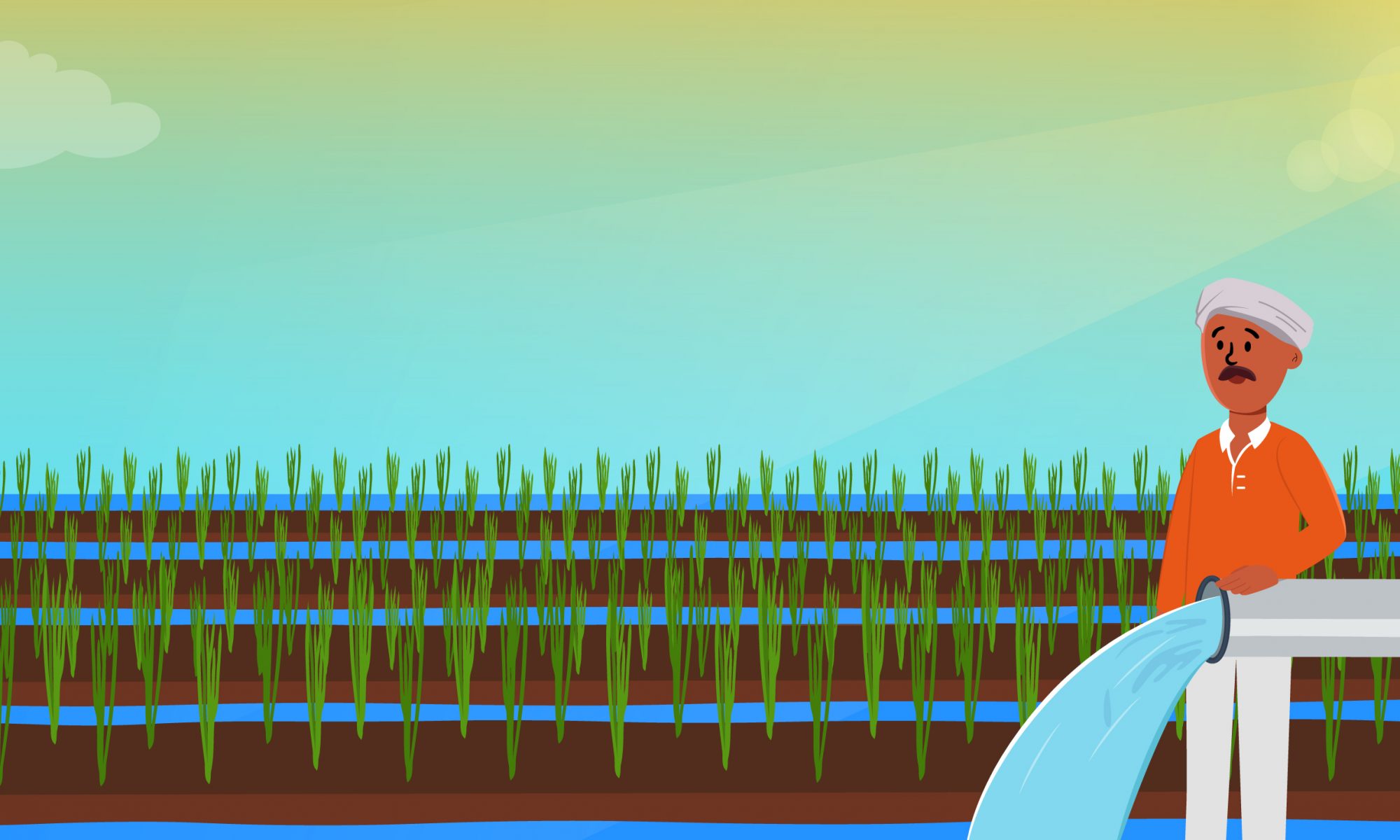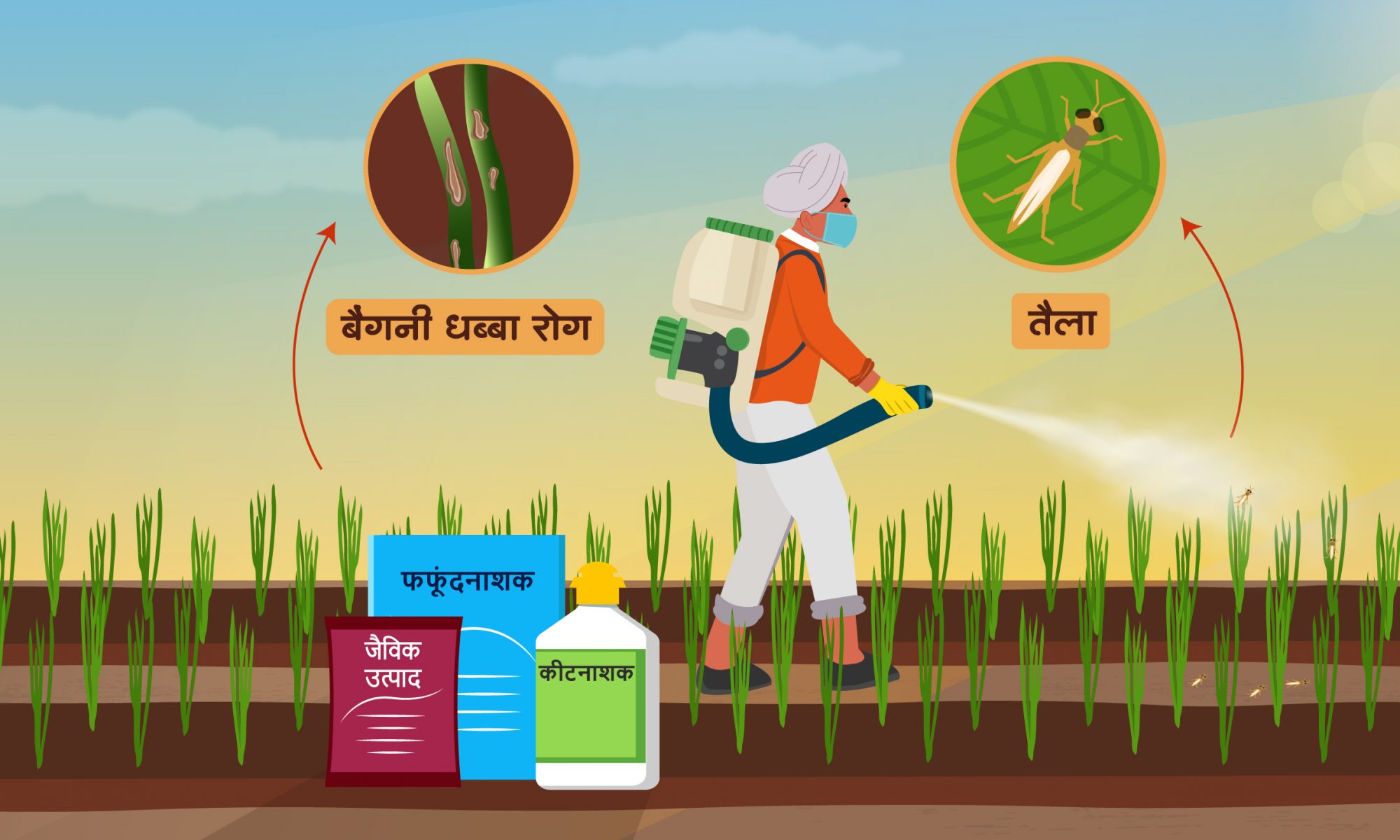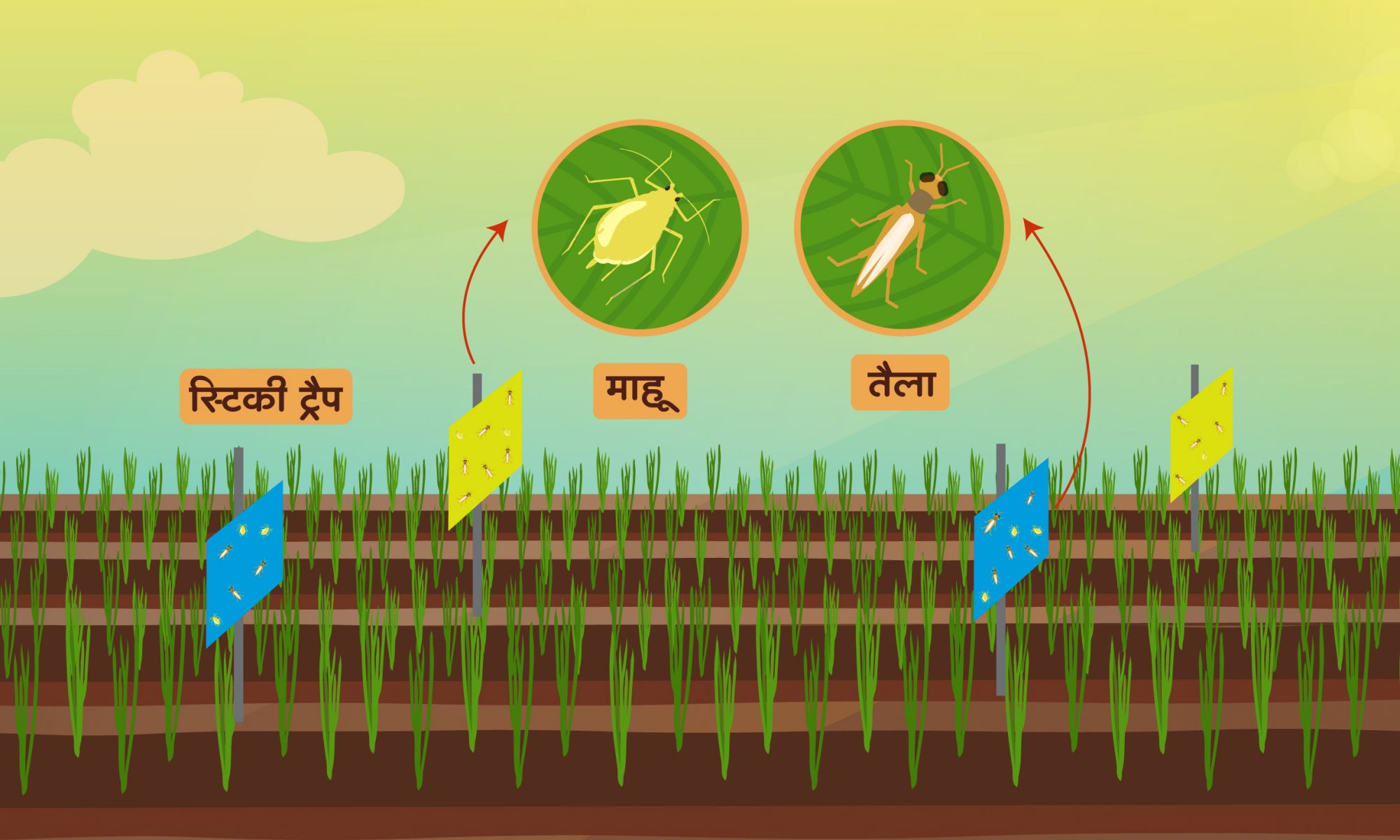-
This is a technique by which farmers can earn income throughout the year.
-
Integrated farming system is very beneficial for increasing the income of farmers.
-
The fundamental of the integrated farming is that maximum use of farmer’s land
-
In this technique, along with farming, farmers can do fisheries, animal husbandry, poultry, bee farming etc.
-
One component is used for another component.
-
One can earn more profits from integrated farming as well as reduce agricultural costs.
ShareFor such important information related to smart agriculture, read Gramophone’s articles daily. Share this article with your friends by clicking the share button.

